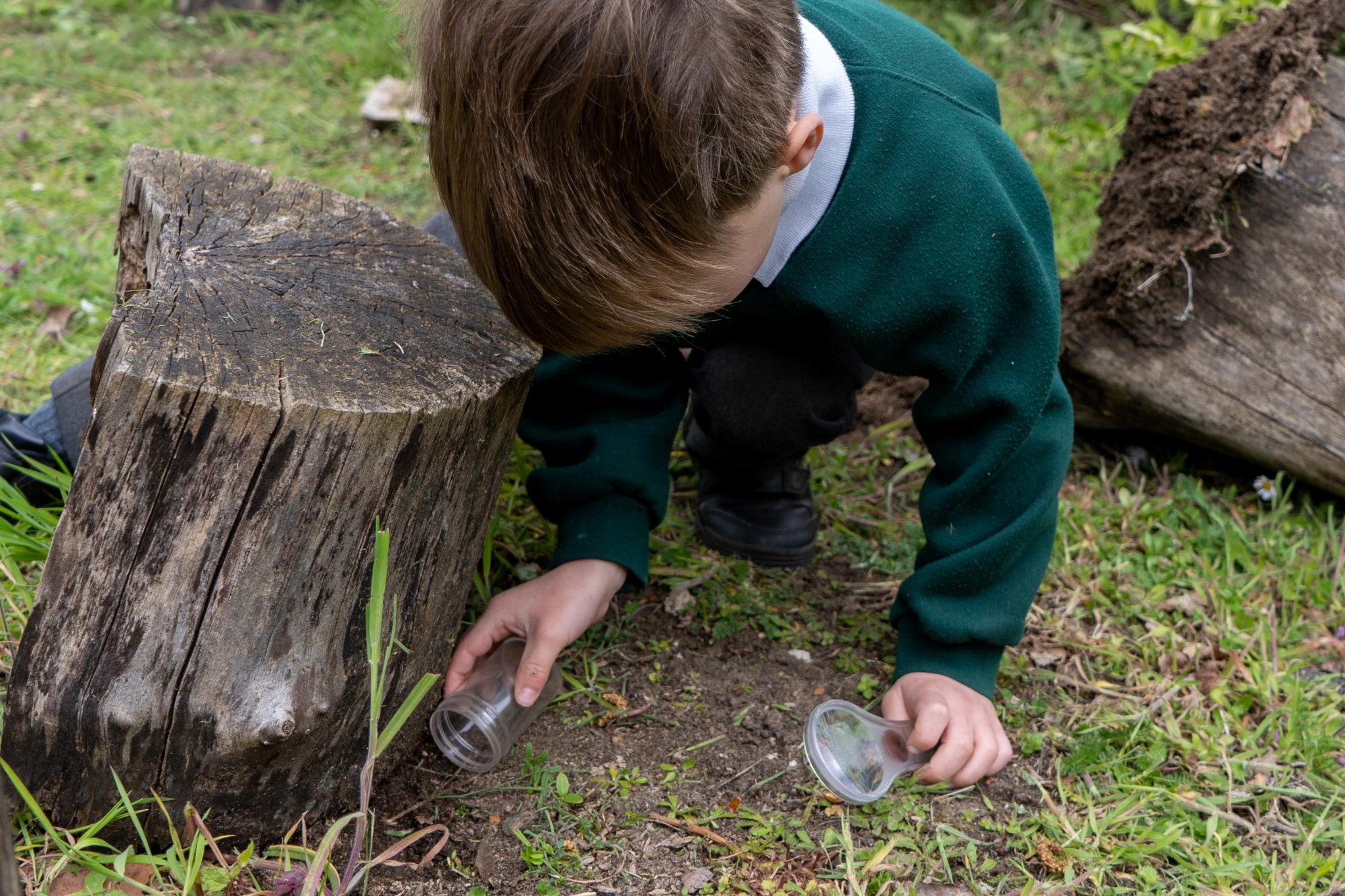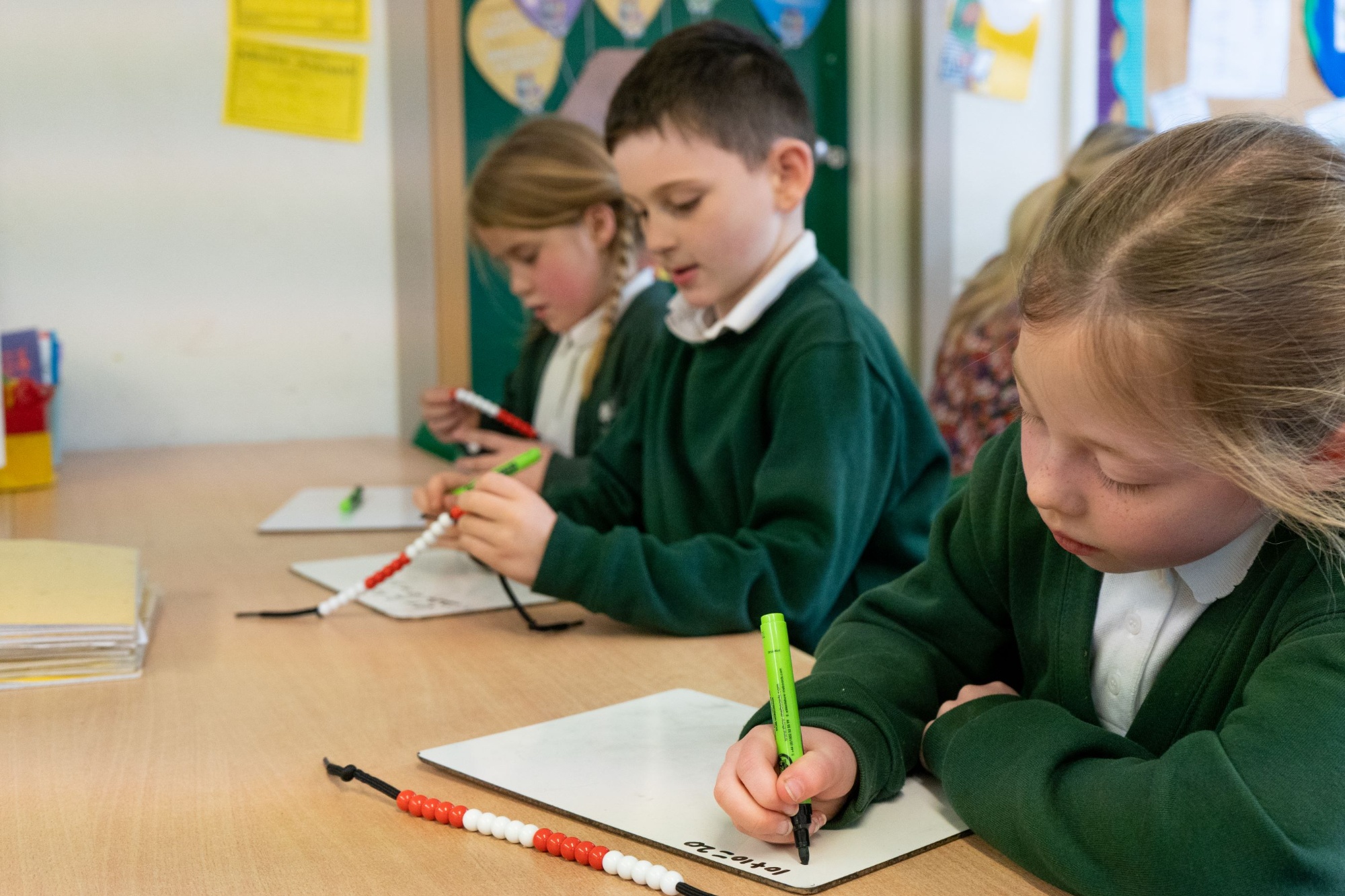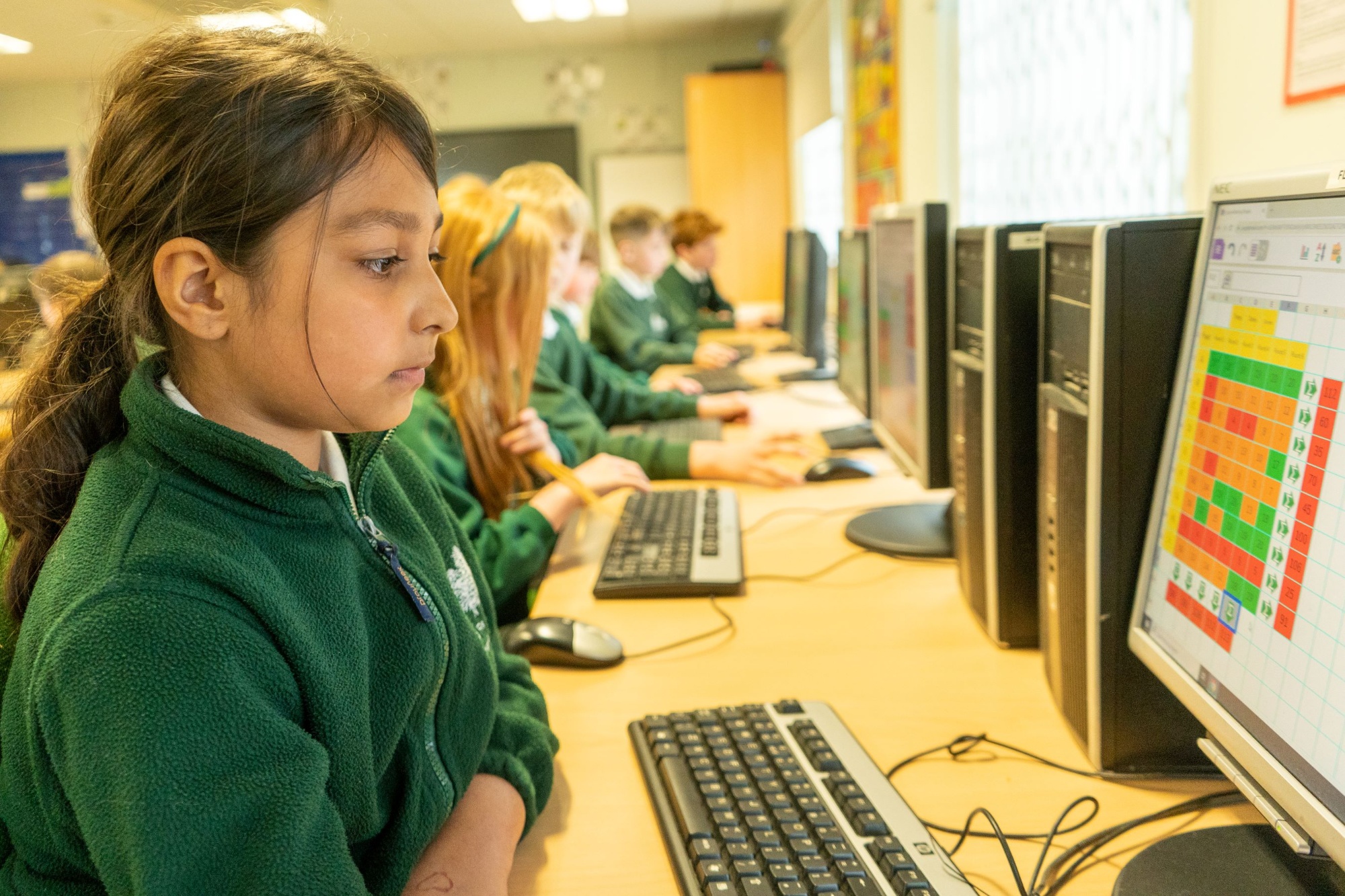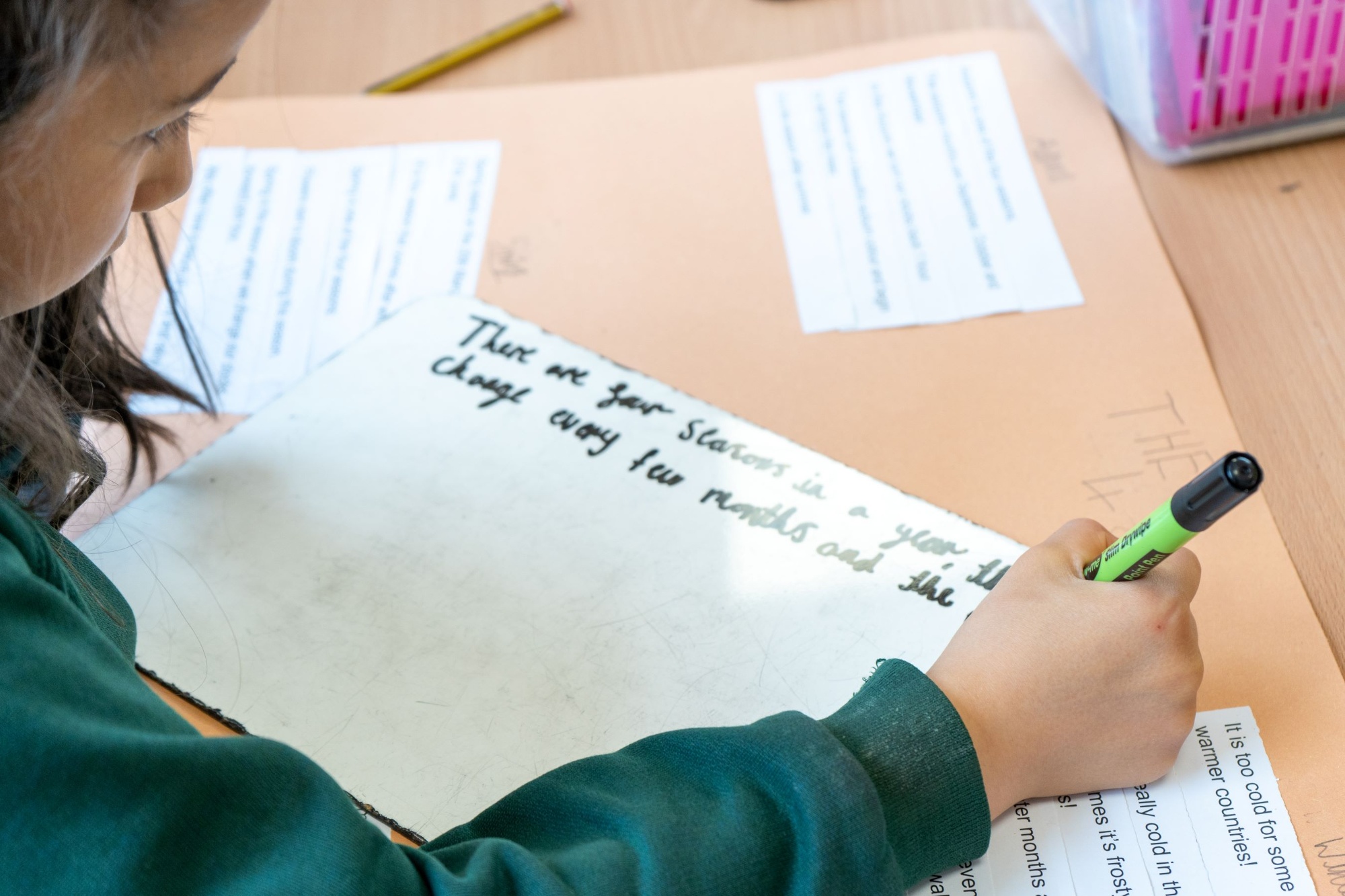Geography
Intent
Curriculum design at The Firs
In deciding on the intent behind the design of our curriculum it is our vision and values that are the starting point. See The Firs’ Curriculum Policy.
The key drivers behind the makeup of our curriculum are:
-
What we wanted to develop in a ‘Firs’ Mindset’ (which we defined as the values and approaches to life we wanted our children to live by and hold to).
-
The knowledge and skills we wished to develop in addition to those set out in the National Curriculum.
-
Any gaps in children’s knowledge, skills or awareness that we perceived, associated with the context of our local environment, location or general pupil characteristics.
-
Our understanding of what ‘Cultural Capital’ meant to us at The Firs and in each year group, how we could give children the chance to experience it.
All of the thinking behind these key drivers are set out in The Firs Scheme of Work.
We decided on an additional programme of learning, organised into a number of strands, that would complement the content from the National Curriculum. We have called these additional strands ‘The Firs’ Themes’.
The Geography Curriculum at The Firs
Geography provokes and answers questions about the natural and human worlds using different scales of inquiry to view them from different perspectives. It develops knowledge of different places and environments throughout the world, an understanding of maps and a range of investigative and problem solving skills both inside and outside the classroom.
Geography is a focus for understanding and resolving issues about the environment and sustainable development. It can inspire them to think about their place in the world, their values and their rights and responsibilities to other people and the environment.
Aims:
-
To stimulate and develop geographical knowledge and understanding and show clear progression throughout the school.
-
To develop enquiring minds and an ability to observe, question, discuss and record findings using geographical terms.
-
To develop an interest in and awareness or the world and its people.
-
To understand the interdependence of people, animals and plants.
-
To know about measures being taken to protect the environment both locally and globally.
The geography curriculum has been carefully planned and sequenced through the use of our Scheme of Work objectives, so that our children develop their geographical knowledge and skills year on year.
We want our children to remember their geography lessons in our school by ensuring that we plan enjoyable and appropriately challenging learning experiences.
Children are able to build on and deepen prior learning year by year. For example in Year 2 children ‘Name and locate the world’s seven continents and five oceans’ and in Year 3 children go on to ‘Locate the world’s countries, using maps to focus on Europe (including the location of Russia) concentrating on their environmental regions, key physical and human characteristics, countries, and major cities’.
Careful consideration is made to develop children’s cultural capital, for example in Year 4, children learn about cultural and economic differences between Brazil and the UK.
We aim to develop SMSC through our geography curriculum by:
-
Spiritual: allowing pupils to learn about the beauty, awe and wonder connected to physical phenomena studied for example children learn about mountains including their scale and the beautiful views from the summit. They learn about volcanoes, their destructive power and the impact on the landscape and people when they erupt. (Year 3)
-
Moral: helping children to empathise with the impact of change on human lives for example the impact of development on the lives of indigenous people living in the Brazilian rainforest. (Year 4)
-
Social: encouraging pupils to think about how societies in different parts of the world are different or similar to our own, For example, the study of Kenya and how life and homes there are different to the UK. (Year 2)
-
Cultural: examining how other cultures differ from and are similar to our own. For example, life in Brazil compared with the UK in (Year 4)
Implementation
During 2019-2020 our geography curriculum was carefully redesigned, focussing on ensuring there was a progression in skills and knowledge from lesson to lesson and year to year. Year group objectives have been created in The Firs Scheme of Work in order to support this and to form the basis for assessment.
Our geography curriculum sets out the knowledge and skills that pupils will gain at each stage. It is clear what end points the curriculum is building towards each year and what children need to know and be able to do.
The children are given opportunities to visit and reflect on the locality of Ampthill, including the school grounds, Station Road, Ampthill town centre and Coopers Hill.
The pupils will contrast these experiences with different places they study in the wider world, such as Kenya in Y2, ‘France’ In Year 3 and ‘Brazil’ in Year 4.
During their course of study, children have the opportunity to support their learning through using a variety of geographical evidence e.g. photographs, maps, pictures, videos and ICT resources.
Subjects are taught discretely, although staff make meaningful links across subjects. For example, in year 3 where learning around the human and physical geography of volcanoes, this is linked to science work on rocks.
Teaching is focused on the four main areas of subject content outlined within the National Curriculum; Location knowledge, place knowledge, human and physical geography and geographical skills and fieldwork. These core areas of learning are revisited year on year, where pupils progressively build their skills and knowledge and can link prior skills and knowledge to new learning to deepen their learning which is set out in the geography objectives in the Scheme of Work.
Impact
In order to measure the impact of the geography curriculum, we use a range of formative and summative assessment in all lessons such as:
-
Questioning
-
Observations/learning walks/drop ins
-
Looking at children’s written work
-
Feedback from staff and children
-
Analysis of our assessment tool linked to Scheme of Work objectives/National Curriculum for each year
Assessment information is collected and analysed by the subject leader using the school geography assessment template, as part of our monitoring of teaching and learning. This process provides us with an understanding of the quality of education in geography as well as indicating areas for development.




